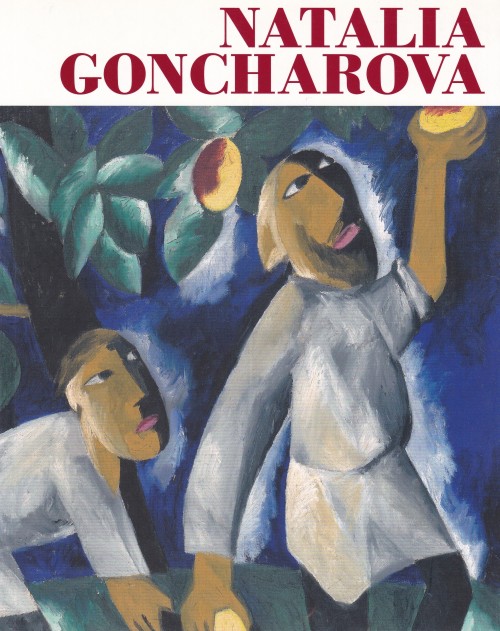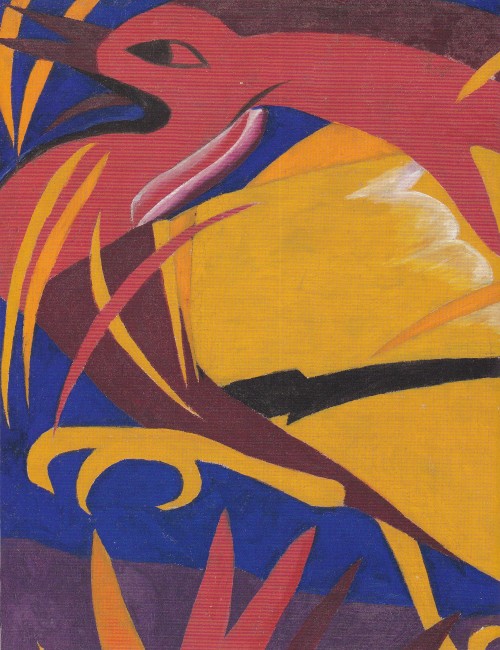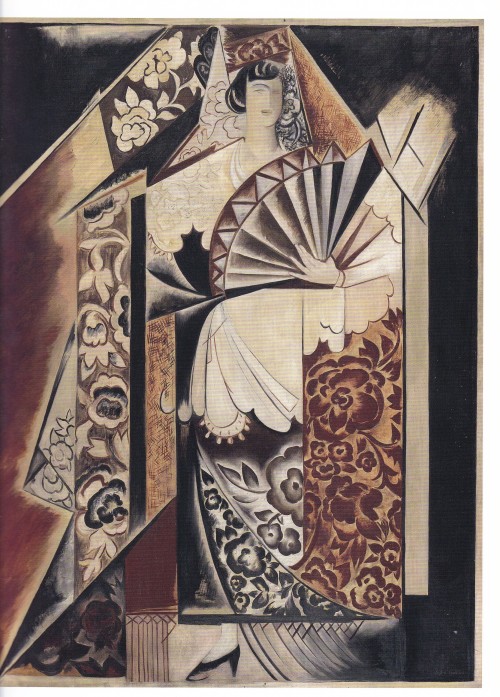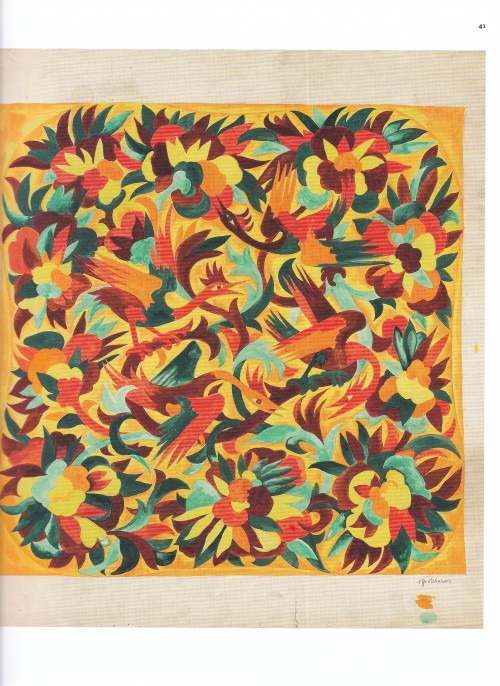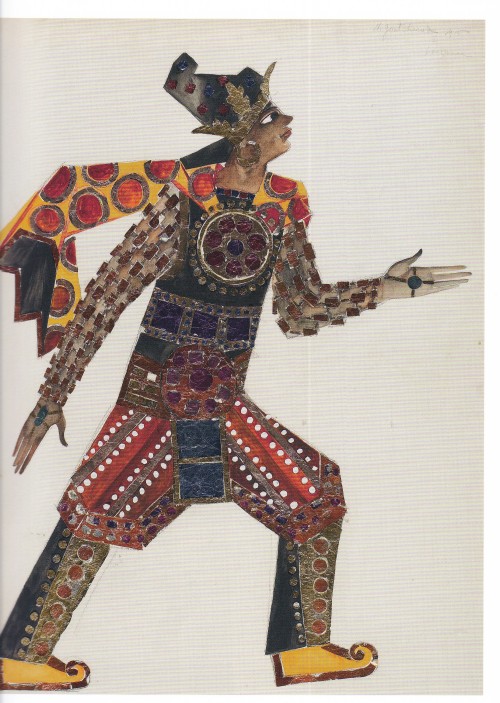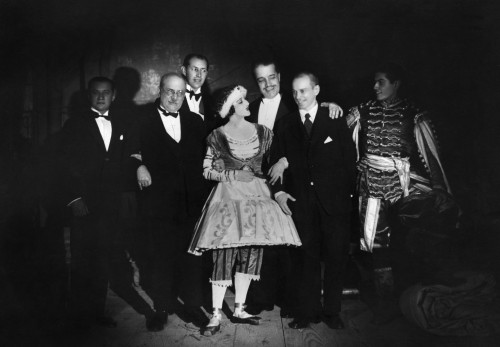#sergei diaghilev
Natalia Goncharova
Edited by Matthew Gale and Natalia Sidlina
With contributions by Timo Huusko, Evgenia Iliukhina, Evgenia Petrova, Jane Pritchard, Ludovica Segrebondi, Zelfita Tregulova and Katy Wan
Tate Publ. , London 2019, 224 pages, approx 180 colour ill., 26.5 x 21 cm., ISBN 978-1849766296
euro 35,00
email if you want to buy :[email protected]
This beautifully illustrated paperback book accompanies the first exhibition in the UK to cover the entire spectrum of Natalia Goncharova’s artistic practice.
Natalia Goncharova (1881–1962), a key figure of the modernist art movement, gained international fame for her trailblazing experiments in painting and design. Early in her career, she established herself as a leader of the Russian avant-garde with a major show in Moscow in 1913. In France, Goncharova’s talents were noticed by Sergei Diaghilev; soon, she was designing costumes and backdrops for Ballets Russes performances in major cities throughout Europe.
Goncharova’s artistic output traces, influences, and transcends the art movements of the 20th century. She paraded through the streets of Moscow displaying futurist body art, yet worked on religious murals; she participated in avant-garde cinema and created stage designs; she even illustrated socialist newspapers. This book, along with the exhibition it accompanies, explores her diverse sources and influences, from Russian folk art and textile designs to the latest trends in modernism and beyond. Insightful essays and lavish illustrations bring Goncharova’s work to a new audience.
06/04/21
orders to: [email protected]
ordini a: [email protected]
twitter: @fashionbooksmi
instagram: fashionbooksmilano, designbooksmilano tumblr: fashionbooksmilano, designbooksmilano
Post link
A posed group of dancers (left to right: Julitska, Marie Rambert, Jejerska, Boni, Boniecka, Faithful) in the original production of Igor Stravinsky’s ballet The Rite of Spring (1913), showing costumes and backdrop by Nicholas Roerich.
Post link
Nikolai Kremnev, Alexandre Benois, Boris Grigoriev, Tamara Karsavina, Sergei Diaghilev, Vaslav Nijinsky and Serge Lifar at the Paris Opera, 1920s
Post link
Maurice Ravel and Igor Stravinsky, c. 1913. Stravinsky recalled fondly of Ravel’s defense of The Rite of Spring in later years during one of his Harvard lectures: "I hold that it was wrong to have considered me a revolutionary. When the Rite appeared, many opinions were advanced concerning it. In the tumult of contradictory opinions, my friend Maurice Ravel intervened practically alone to set matters right. He was able to see, and he said, that the novelty of the Rite consisted, not in the writing, not in the orchestration, not in the technical apparatus of the work, but in the musical entity.“
Post link
Jean Cocteau in 1909, the year he met Sergei Diaghilev, who encouraged him to venture into the genre of ballet. Cocteau wrote the story for Le Dieu bleu which premiered in May of 1912. A year later, he was in attendance at the premiere of The RIte of Spring, and remarked, rather scathingly, of the crowd “the smart audience in tails and tulle, diamonds and ospreys, was interspersed with the suits and bandeaux of the aesthetic crowd. The latter would applaud novelty simply to show their contempt for the people in the boxes… Innumerable shades of snobbery, super-snobbery and inverted snobbery were represented.”
Post link

